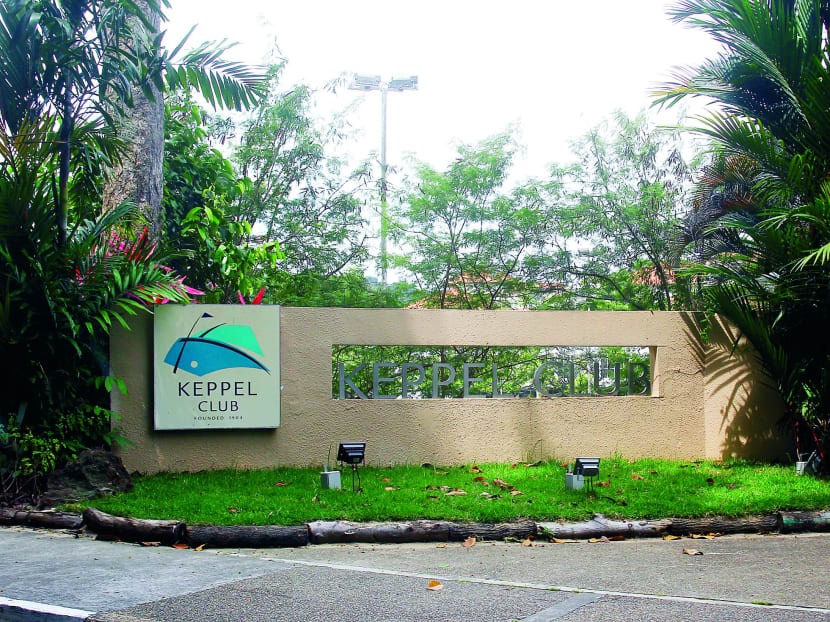Reforest golf courses to help enhance ‘garden city’
Golf is not only a sport, but also a marker of social status in Singapore. However, in recent years, the time-consuming game has also been seen as detrimental to work-life balance and the putting green may no longer be the place to make healthy business partnerships.

The lease of Keppel Club will expire in 2021. TODAY FILE PHOTO
Golf is not only a sport, but also a marker of social status in Singapore. However, in recent years, the time-consuming game has also been seen as detrimental to work-life balance and the putting green may no longer be the place to make healthy business partnerships.
Also, aside from the issue of land scarcity here, the excessive use of water and pesticides on golf courses is also environmentally damaging.
In other words, golf courses are now considered antiquated and even negative assets. Biodiversity, inclusivity and connectivity define a city’s liveability and lovability.
Hence, I view the outcome of the review of golf courses with mixed feelings. (“Govt to reacquire land from 2 golf courses, 3 to give up land”; Feb 17).
While I am heartened that the Government is reducing these numbers for more pressing needs such as housing and public infrastructure, the reduction is only slight: From 1,500 to 1,300 ha, or 13 per cent in the next decade.
Although the leases of Keppel Club and Marina Bay Golf Course will expire in 2021 and 2024, respectively, other clubs will be offered new leases until 2040. I am unsure whether this sends the right message on Singapore’s long-term priorities.
Besides earmarking the land for infrastructure redevelopment, the Government should also consider returning these golf courses, for example, Singapore Island Country Club’s golf courses near the Central Catchment area, to nature.
Rather than reallocate one of them to the labour movement, would it not benefit the wider public and Singapore’s biodiversity to reforest the golf courses as part of the larger Central Catchment area in the near future?
Aside from the heavy public use of MacRitchie and Lower Pierce reservoirs, the Central Catchment area and Bukit Timah Nature Reserve come under stress from the surrounding housing and transport developments.
With the periphery of Bukit Brown Cemetery slated for housing and the Central Catchment area used for the Cross Island Line, we would be losing natural greenery in the area.
At a national level, the Land Use Plan of the Population White Paper said only four per cent of Singapore’s land would be effectively forested by 2030.
Although Singapore prides itself as a garden city, this projected number falls way below the 17 per cent of terrestrial and inland water areas envisioned by the United Nations Convention on Biological Diversity for 2020.
Reforesting these golf courses could be part of measures to make up for this shortfall if we want to show that Singapore, despite its size, can be a loveable and attractive city rich in biodiversity.






